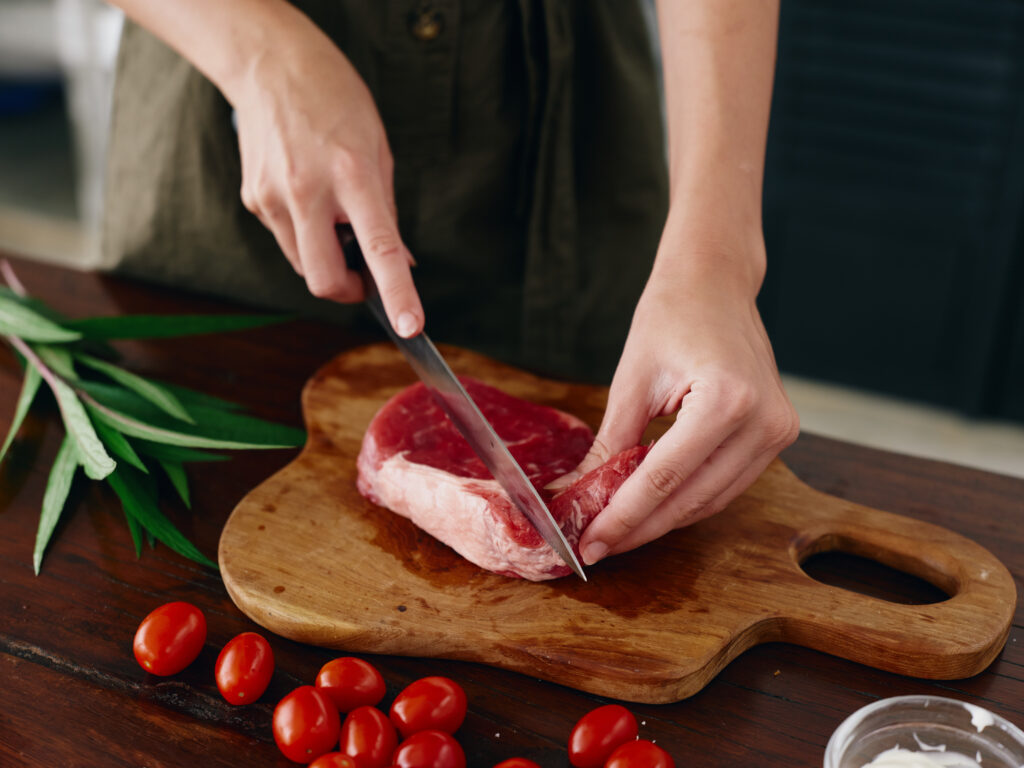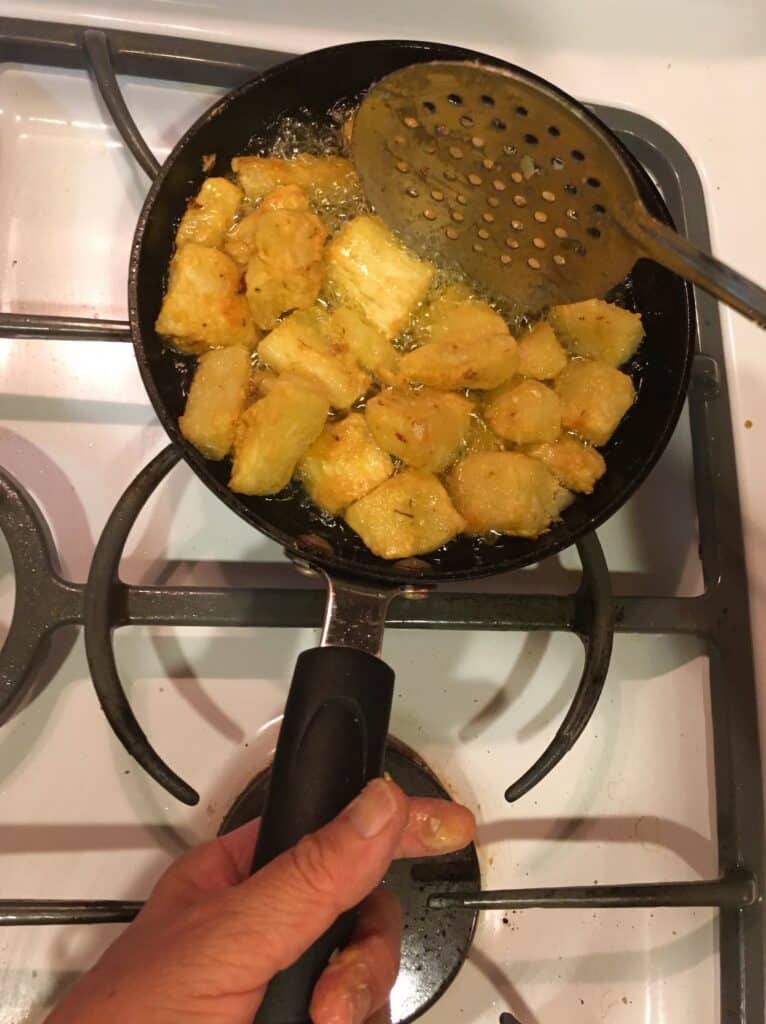Cooking is both a science and an art. While anyone can follow a recipe, mastering cooking tips and techniques can elevate your dishes and help you create meals that are not only delicious but also beautifully presented. Whether you're a beginner or a seasoned cook, here are essential cooking tips and techniques that will take your culinary skills to the next level.
1. Master the Art of Knife Skills
One of the most fundamental tips and techniques in cooking is knowing how to handle a knife. Proper knife techniques not only make prep work faster but also ensure safety and consistency in your dishes. Here are a few key tips:
- Use the Right Knife: A chef's knife is versatile and great for chopping, while a paring knife is perfect for peeling and slicing smaller ingredients.
- Keep Your Knives Sharp: A sharp knife is safer than a dull one. Invest in a sharpening stone or a quality knife sharpener.
- Use the Claw Grip: When chopping, curl your fingers into a "claw" to protect them from the blade.

2. Understand Heat Control
Knowing how to control heat is crucial in cooking. Whether you’re sautéing, frying, or simmering, understanding the differences between low, medium, and high heat can prevent your food from burning or undercooking.
- Preheat Your Pan: Always preheat your pan before adding ingredients, especially when searing meat or sautéing vegetables. This helps lock in flavors and ensures even cooking.
- Simmer vs. Boil: Simmering means gentle bubbles and is best for slow cooking, while boiling is more vigorous and suitable for quick cooking like pasta.
3. Seasoning at the Right Time
Seasoning can make or break a dish. It's not just about adding salt or pepper but knowing when to season your food.
- Layer Seasoning: Season your dish at different stages of cooking for depth of flavor. For example, salt meat before searing and adjust seasoning at the end of cooking.
- Taste as You Go: This ensures that you don't over-season or under-season your dish.
4. Don’t Overcrowd the Pan
When cooking, especially when searing or frying, it’s essential not to overcrowd the pan. Too much food at once will lower the temperature, causing your food to steam rather than brown.

- Give Space for a Good Sear: Whether you’re cooking meat or vegetables, give them space to develop a nice golden crust.
- Work in Batches: If you're cooking a lot, work in batches to maintain heat and achieve the best texture.
5. Rest Your Meat
One of the most overlooked cooking tips and techniques is letting your meat rest after cooking. This allows the juices to redistribute, resulting in tender and juicy meat.
- Rest for 5–10 Minutes: After grilling or roasting, let meat rest before cutting into it. This applies to steaks, chicken, and roasts.
checkout this Meat recipe: Beef Chili dry
6. Use Fresh Herbs Correctly
Herbs can elevate a dish, but using them incorrectly can result in lost flavor or bitterness.
- Add Hardy Herbs Early: Herbs like rosemary, thyme, and bay leaves should be added early in cooking to release their flavors gradually.
- Add Delicate Herbs Last: Fresh herbs like basil, cilantro, and parsley should be added at the end of cooking to maintain their fresh taste.
7. Learn to Deglaze
Deglazing is the process of adding liquid (like wine or broth) to a hot pan after searing meat or vegetables. This helps lift the caramelized bits from the bottom of the pan and turns them into a flavorful sauce.
- Use Wine, Stock, or Vinegar: These liquids not only lift flavor but also add depth to your dish. Just make sure to scrape up all the flavorful bits when deglazing.
8. Cooking Pasta to Perfection
A common mistake with pasta is overcooking or under-seasoning the water.
- Use Salted Water: Pasta water should taste like the sea. This is your only chance to season the pasta itself.
- Cook Al Dente: Cook pasta until it's just firm to the bite, as it will continue cooking slightly after draining, especially if mixed with a hot sauce.
9. Embrace the Power of a Thermometer
Guessing the doneness of meat or baked goods can result in undercooked or overcooked food. A thermometer ensures precision.
- Check Meat Temperature: Use a meat thermometer to check internal temperatures, ensuring your meat is cooked safely without overcooking.
- Test for Baking Doneness: For baked goods like bread or cakes, a thermometer can confirm if they are fully cooked at the center.
Buy this Digital Meat Thermometer
10. Balance Flavors
A well-balanced dish has a harmony of flavors—sweet, salty, sour, and umami. If your dish feels off, here are some quick fixes:
- Too Salty: Add a bit of acid (lemon juice or vinegar) or something sweet (honey or sugar) to balance out saltiness.
- Too Sweet: A dash of salt or something acidic can help balance overly sweet flavors.
- Too Bland: Increase the acidity or add more seasoning. Don’t be afraid of salt!
Conclusion
Cooking is a journey, and the more you practice these essential techniques, the more confident you’ll become in the kitchen. Whether you're just starting or looking to sharpen your skills, these tips will help you create dishes that are flavorful, beautifully cooked, and enjoyable to make. Remember, the key to becoming a great cook is to experiment, learn from your mistakes, and always keep tasting as you go!

Leave a Reply